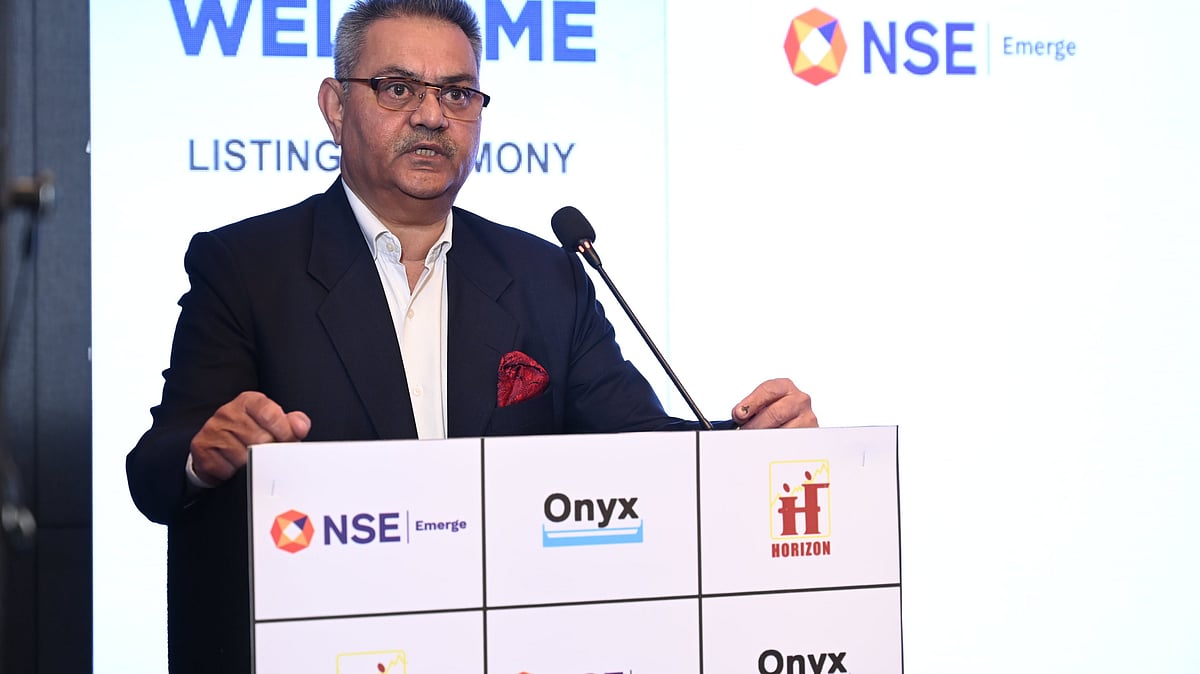The Goods and Services Tax or GST, was a taxation system that was introduced into India's fiscal structure to decongest and simplify the country's historically complicated taxation regime in 2017.
Simplify GST Regime
Given India's unique economic topography, the tax regime in its current form exists in 4 slabs, including 0 per cent (nil-rated), 5 per cent, 12 per and 15 per cent.
Despite its attempt at de-cluttering the taxation system in India, many have often asked for greater simplification of the system.

Gopinath anticipates no reduction in the government's spending. Supplementing her point, she emphasised the "creation of fiscal space. |
IMF Deputy Managing Director and former Chief Economist of the international body, Gita Gopinath, resonated with this larger demand.
While speaking at an event at Delhi's School of Economics, Gita Gopinath said India needs to further rationalise and therefore try and simplify the Goods and Services Tax (GST) system to increase revenues.
According to her, this simplification will contribute an additional 1 percentage point to India's GDP.
According to government data, the country accrued 6.86 percent of GDP from GST collections in FY24 (2023-24). This was greater than the number achieved in 2022-23 of FY23, when India made 6.72 percent of its GDP from GST collections.
Increasing Revenue for CapEx
According to the IMF itself, India's GDP growth rate as of July 2024 is at 8.2 per cent. According to the Government of India, the country's Gross Domestic Product grew by 7.0 per cent in the fiscal year 2022–23. It rose to 8.2 per cent in the subsequent fiscal year, 2023–24.
The simplification of the tax regime has been a demand of many, including economists and businesses alike. Better compliance and further expansion of the system have been cited as reasons for the need for such simplification.

According to government data, the country accrued 6.86 percent of GDP from GST collections in FY24 (2023-24). This was greater than the number achieved in 2022-23 of FY23 when India made 6.72 percent of its GDP from GST collections. | File photo

Given the stage at which the trajectory of India's economic growth stands, Gopinath anticipates no reduction in the government's spending. Supplementing her point, she emphasised the "creation of fiscal space".
This, according to her, should come through raising revenues for GDP. In addition, Gopinath also touched upon the need for tapping into property tax revenues to increase revenues.











